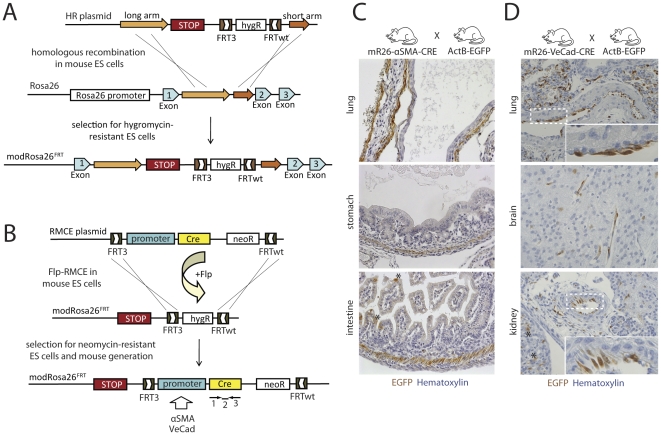Figure 3. Tissue-restricted gene expression from the modRosa26FRT locus.
A) Scheme depicting the generation of the modRosa26FRT locus in ES cells. A Stop sequence and a HygR selection cassette flanked by heterospecific FRT sites (FRT3 and FRTwt) were targeted to the Rosa26 locus between exons 1 and 2 by homologous recombination. After successful recombination, the Stop cassette is located downstream of the endogenous Rosa26 promoter (B) Flp-RMCE was performed by introducing the VeCad or αSMA promoter driving Cre recombinase into modRosa26FRT ES cells, which were then used to generate transgenic mice (mR26-VeCad-Cre or mR26-αSMA-Cre mice). The primers and probe for genotyping are indicated (1–3). Both lines were crossed with ActB-EGFP reporter mice to monitor Cre expression, yielding mR26-VeCad-Cre/ActB-EGFP and mR26-αSMA-Cre/ActB-EGFP mice. (C) Immunostaining for EGFP in mR26-αSMA-Cre/ActB-EGFP mice shows αSMA promoter activity almost exclusively in smooth muscle cells, as seen in lung, stomach and intestine. Few EGFP stained intestinal epithelial cells indicate ectopic SMA promoter activity (asterisks) (D) Immunostaining for EGFP in mR26-VeCad-Cre/ActB-EGFP mice reveals VeCad promoter activity mostly restricted to endothelial cells, as seen in lung, brain and kidney. Some EGFP stained epithelial cells in kidney also indicate ectopic VeCad-Cre expression (asterisks).

